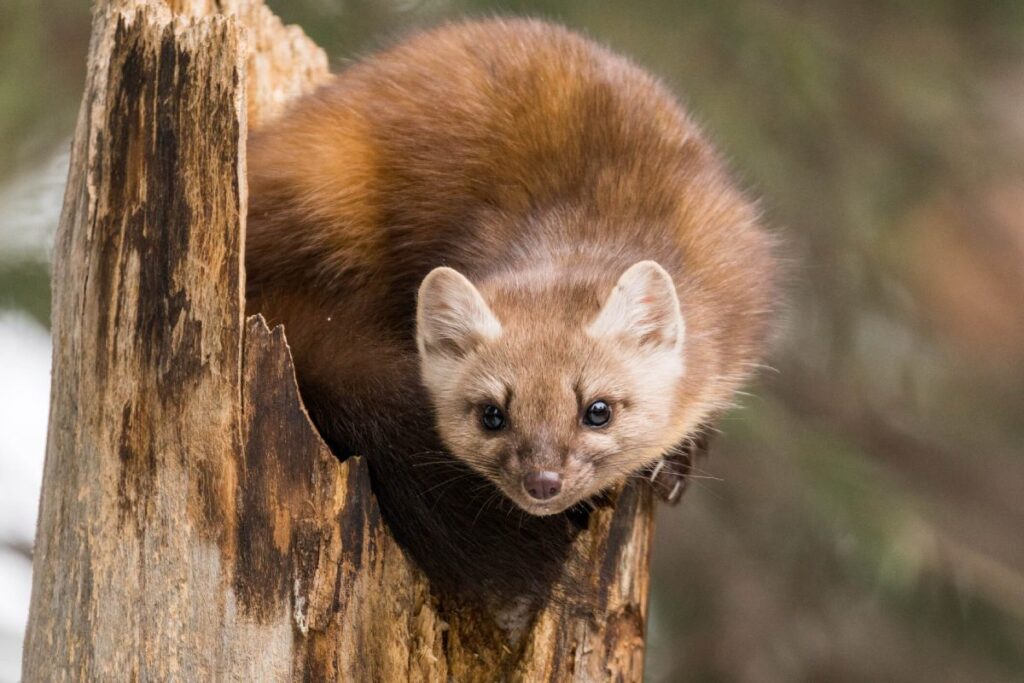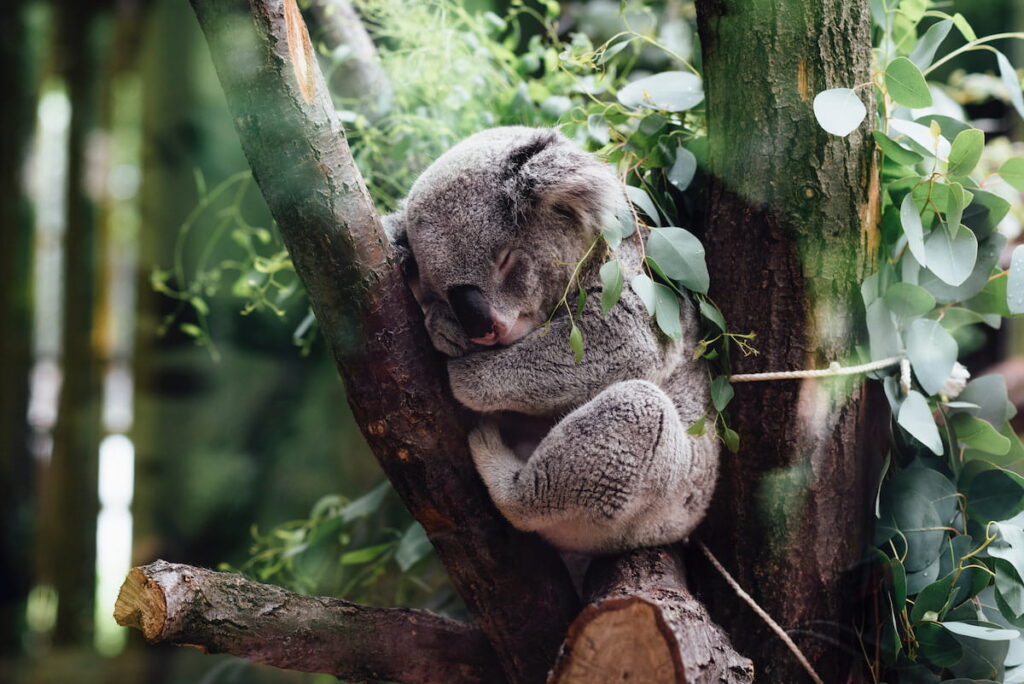As understatements go, Lake Tahoe is a stunning lake located in the Sierra Nevada mountains of the western United States. It straddles both California and Nevada, is surrounded by forests, valleys, and alpine mountains that are home to a variety of wildlife.
Like anywhere, the wildlife of Lake Tahoe is an integral part of the ecosystem and its functioning seasonal cycles. Regionally, it spans over 7,500 square miles. By any measure it is enormous.
“As it lay there with the shadows of the mountains brilliantly photographed upon its still surface, I thought it must surely be the fairest picture the whole earth affords.”
– Lake Tahoe, perhaps best punctuated by the words of Mark Twain.
It’s here, among the alpine meadows and lapping shoreline that you will find dozens of endemic birds, over 200 species of mammals, reptiles, amphibians, fish, insects, and the flora that supports it all.
As wildlife goes, some of the most common animals include coyotes, raccoons, squirrels, mice, bats, moles, skunks, opossums, rabbits, foxes, chipmunks, groundhogs, porcupines, deer, elk, bobcats, weasels, otters, badgers, martens, marmots, raccoon dogs, beavers, minks, domestic cats and dogs.
The fish and animals in the lake help to keep the water clean and provide food for other animals. The plants in the area also help to oxygenate the water and provide shelter for the wildlife.
Here is a list of some common Lake Tahoe wildlife you might encounter while visiting the region.
American Marten

The American Marten is one of the smallest members of the mustelid family. This nocturnal carnivore animal is most commonly found in North America. The American Marten weighs varies from 3.5 to 5.5 pounds (1.6–2.7 kg), depending on sex and age.
Females tend to be slightly larger than males. measures about 20 inches long. It is often mistaken for a weasel because it has similar features, such as short legs, rounded ears, and a bushy tail. However, unlike a weasel, the American Marten lacks stripes on its body.
The American marten feeds mainly on rodents such as mice, voles, gophers, rabbits, and chipmunks. It hunts alone or in pairs, and uses its keen sense of smell to locate prey. It climbs well, even up vertical surfaces. American martens are active during both day and night and are found throughout most of North America except Alaska.
Coyote
Photo by Caleb Woods on Unsplash
The coyote is a large, medium-sized doglike mammal native to North America. There are many subspecies of coyotes, each adapted to different habitats. Most are omnivorous; some eat insects, others meat. Coyotes live in groups called packs, consisting of one breeding pair and several offspring. Pack members help raise and protect each other. Packs travel together during migration and sometimes separate into smaller units while hunting.
Mountain Beaver
Photo by Andy Sanchez on Unsplash
The Sierra Nevada mountain beaver, also known as the California beaver, is a rodent that depends on moist plant growth and plush vegetation along streams and rivers for feeding in riparian areas and aspen stands. This furry little creature is one of the oldest known living rodents. Found throughout western North America, it lives in close proximity to human habitation and often creates problems. These animals build complex tunnels under banks and logs that provide shelter for themselves and protection against predators. They eat grasses, sedges, shrubs, roots, bark, insects, fish, frogs, crayfish, snails, slugs, worms, berries, seeds, nuts, fruits, mushrooms, and even bird eggs.
Black Bears
Photo by John Thomas on Unsplash
The Black Bear is one of five species of bear native to North America. They are omnivorous animals and eat fruits, nuts, berries, insects, fish, small mammals, birds, eggs, carrion, plants, and even garbage. They hibernate during the winter months and are active throughout summer. Black bears live in family groups called “colonies.” A colony consists of a mother bear and her offspring. When food becomes scarce, the cubs leave the group and seek out their own territory.
The largest of the Sierra Carnivores, the Black Bear ranges in size from 4 feet tall to 5 feet tall and weighs up to 300 pounds. They are known for their powerful jaws and large paws, which make it difficult to capture one.
There are an estimated 25,500 to 35,000 Black bears living within the boundaries of California. This number includes both grizzly and black bears. Black bears live throughout Northern California, including Yosemite National Park, Sequoia National Forest, and Kings Canyon National Park.
Chickaree
Photo by Maddy Weiss on Unsplash
The Golden-mantled ground squirrel (Callospermophilus lateralis) or Chickaree is a small mammal native to North America. It is one of four species within the genus Callospermophilus. This species is found primarily in California, but it is also present throughout much of western Canada and Alaska.
Although the golden-mantled ground squirrel is omnivorous, it prefers to eat insects, especially beetles, caterpillars, ants, and spiders. It also consumes plant material, including berries, leaves, flowers, and mushrooms. Some studies suggest that squirrels consume approximately 30% of their body weight daily. When insect prey is scarce, the squirrels switch to consuming vegetation.
So, there you have it, folks!
We hope this information has been helpful to you when planning a wildlife vacation to Lake Tahoe and visiting their native animals. And while planning your vacation, don’t forget to check local vacation rentals in Lake Tahoe like the listing of VRA Tahoe, which offers great rentals that thanks to their location and hospitality would give you the best accommodations to enjoy this vast wilderness area and the native species of Lake Tahoe Wildlife.



